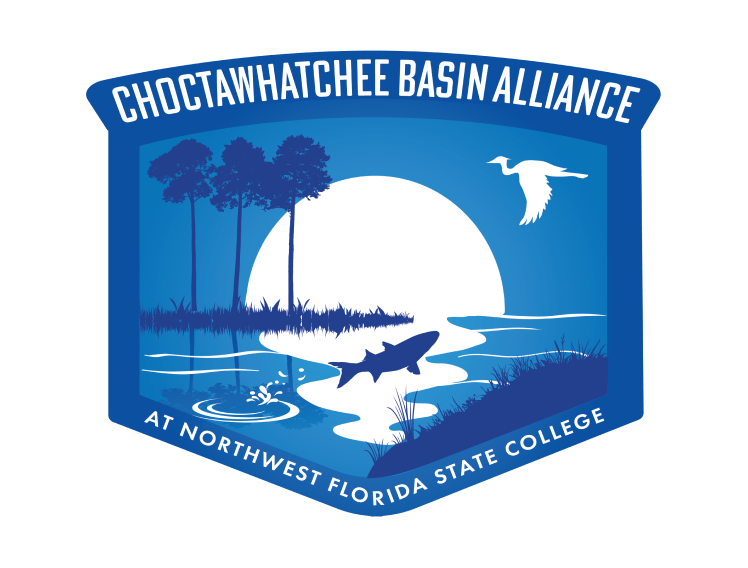
The Choctawhatchee Basin Alliance (CBA) of Northwest Florida State College works with the University of Florida’s Florida LAKEWATCH program to conduct monthly water quality monitoring of more than 130 stations in throughout the watershed, including Choctawhatchee Bay, Choctawhatchee River, and Walton County’s coastal dune lakes. This collaboration allows us to establish baseline water quality data for our local water resources, which can then be used to help identify areas of poor water conditions, determine the causes of water degradation, and identify solutions to improve water quality throughout the basin. CBA’s data are uploaded to the Florida Department of Environmental Protection’s Watershed Information Network and the University of Florida’s Florida Water Resource Monitoring Catalog, both of which are available to the public. The data that CBA collects is public knowledge and the data is available upon request. Currently, CBA is working on creating an interactive map that will display data trends within the watershed. The data collected is used by local municipalities as well as state and federal agencies to manage and regulate our waters.
Our water quality monitoring program is conducted by a large group of dedicated citizen scientist volunteers. In the field, a surface- and bottom-level reading of the following parameters are recorded at each station: temperature, dissolved oxygen, pH, salinity, specific conductivity, oxygen saturation, and water clarity. In addition, two water samples are collected which are analyzed by the Florida LAKEWATCH program for nutrient concentration (total nitrogen and total phosphorus), algae content (chlorophyll). Water transparency and water depth is analyzed using a secchi disk.
The Choctawhatchee Basin Alliance training goal is to maintain qualified citizen monitors over the 130+ sampling sites located within the Choctawhatchee Bay, Choctawhatchee River, all the coastal dune lakes in Walton County, and even in the Gulf of Mexico, just offshore in Okaloosa and Walton County. Click here to view a map of CBA’s current sampling stations. CBA staff conducts multiple new water quality monitoring volunteer trainings each year, maintaining over 30 water quality citizen scientists. If you are interested in participating in this program, please email Brandy, our Monitoring Coordinator, your contact information (foleyb@nwfsc.edu).

Choctawhatchee Bay has two main types of seagrass. Shoal Grass, or Halodule wrightii, is the most commonly found species in the bay and thrives in areas with higher salinity levels. The species sports long narrow strands and can form carpet-like beds. Widgeon grass, or Ruppia maritima, is often said not to be a “true” seagrass because it tolerates both freshwater and marine water. It has thin leaves that grow from branched stems, and can have small buds or blooms.
In 2009, CBA began a seagrass monitoring program designed to cost-effectively determine the abundance and distribution of seagrasses in Choctawhatchee Bay. That year, CBA staff and interns sampled over 100 sites within the Bay. Because the newly-formed monitoring program was designed to be linked to photo interpretation of Landsat 5 TM satellite imagery, each sampling site needed to be 30 meters by 30 meters square, the resolution of the Landsat photos. At each square, CBA samplers recorded map coordinates for the site, along with the estimated percent coverage of sea grass, water depth and clarity, and sediment type.
CBA then collaborated with University of Florida graduate student Jenney Lazzarino, who used Landsat 5 TM Imagery and the information collected by CBA to generate a seagrass map for Choctawhatchee Bay. Mrs. Lazzarino created an algorithm that interpreted, or “read,” color and reflective signatures in the Landsat satellite imagery of Choctawhatchee Bay to pinpoint seagrass presence in the bay. Using the reference points collected during CBA’s seagrass sampling, Mrs. Lazzarino was able to ground-truth her photo interpretation methods and determine that the earliest version of the model predicted the presence of sea grass with a 70% accuracy. In subsequent years, CBA’s sampling confirmed that model’s accuracy had improved to close to 90%. This combination of modeling and sampling has proven a cost-efficient way to routinely sample seagrass abundance and distribution in Choctawhatchee Bay.

Ongoing and innovative research within these unique ecosystems is an integral component of CBA’s work. Each study supports the others, together seeking to provide a comprehensive understanding of the functioning and importance of the local coastal dune lakes. All research endeavors are undertaken jointly with the Mattie Kelly Environmental Institute.
In addition to water chemistry, sediment fluctuations, and plant communities, CBA has been sampling for fish diversity in the coastal dune lakes. As of yet, fish identification data is very limited on the lakes and could provide valuable supporting information for further conservation. In addition, Alexis Janosik, Assistant Professor of Biology at the University of West Florida, has been collecting water samples since late 2016 to analyze for fish environmental DNA in the coastal dune lakes.
For a list of research projects, click here.


